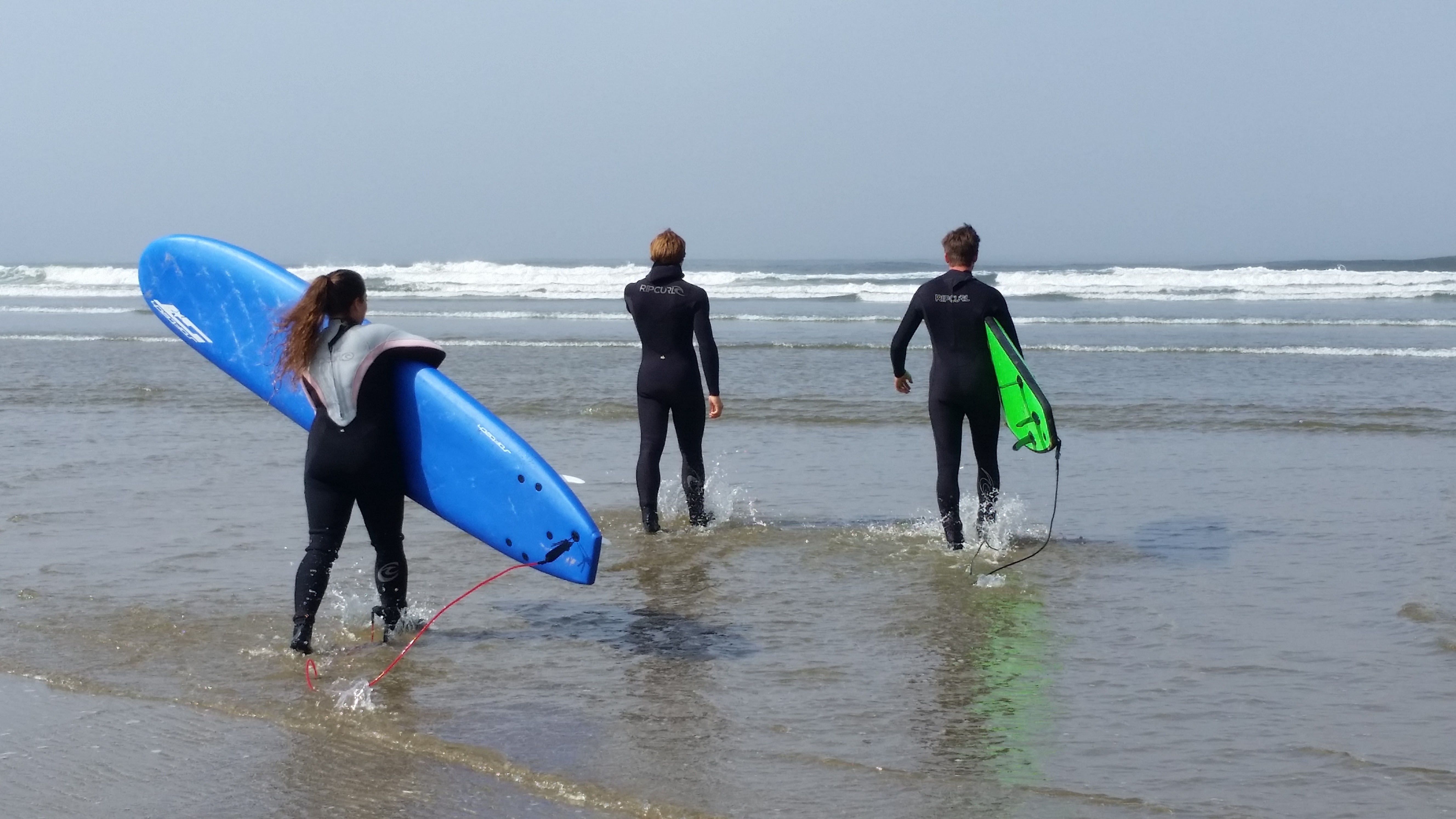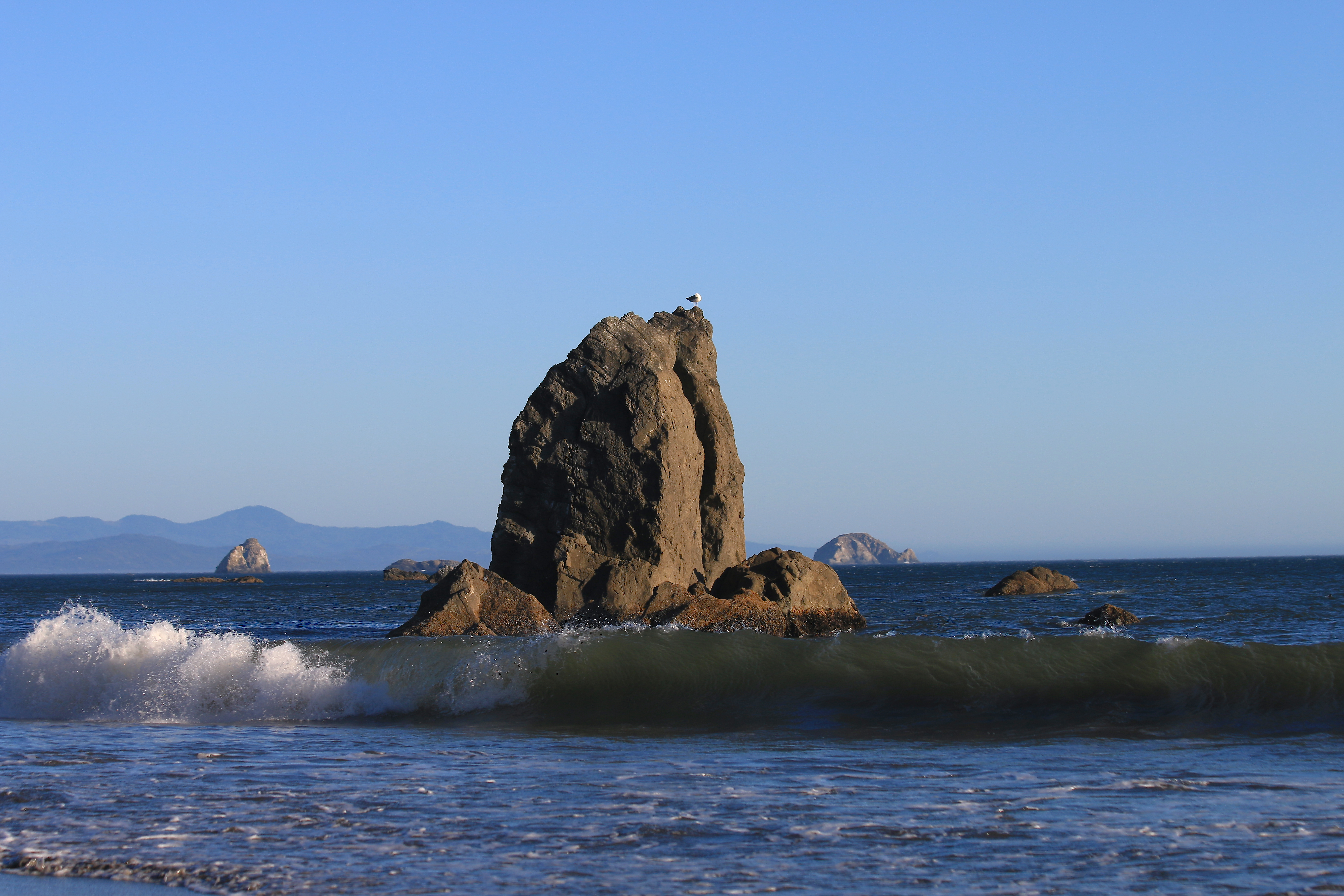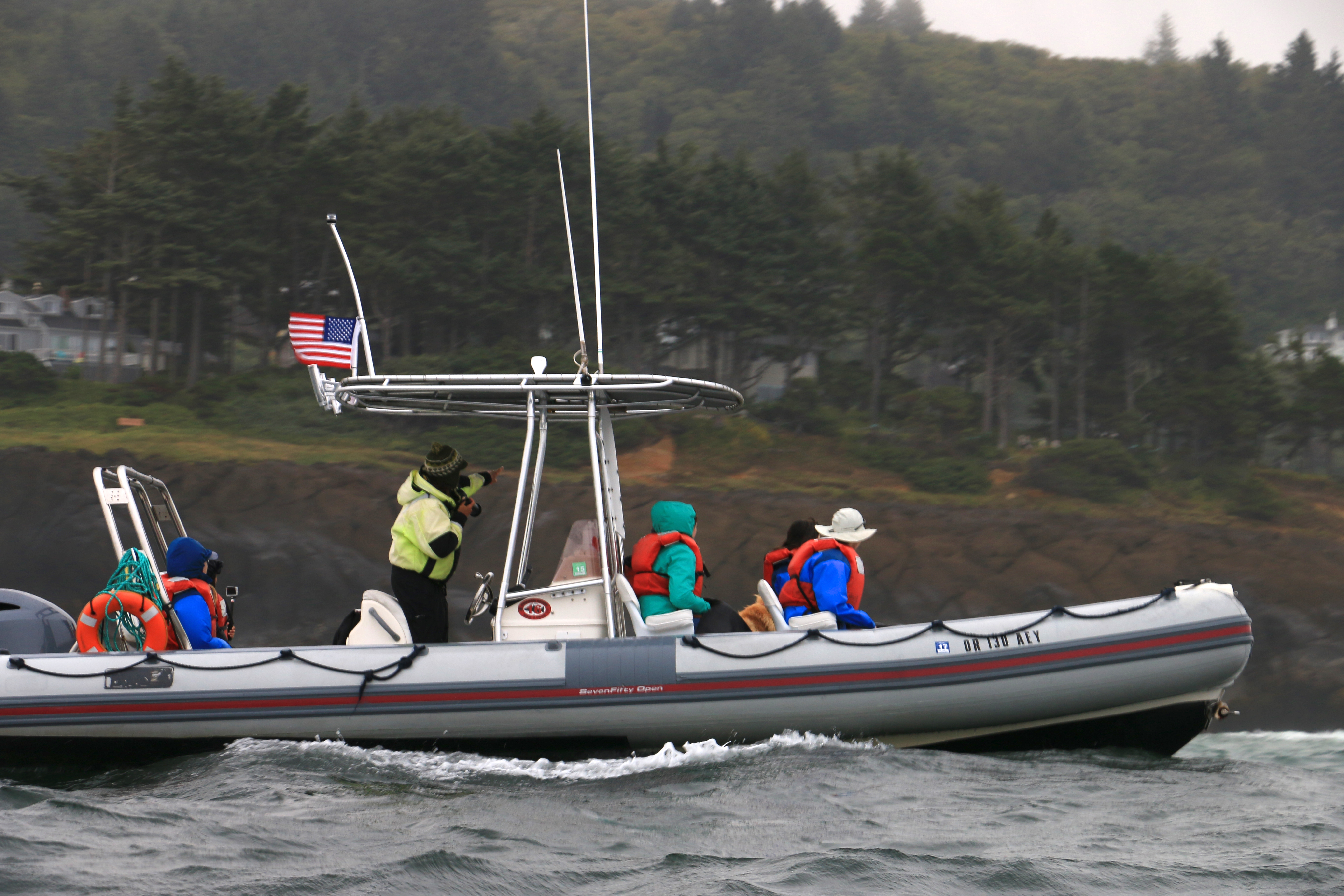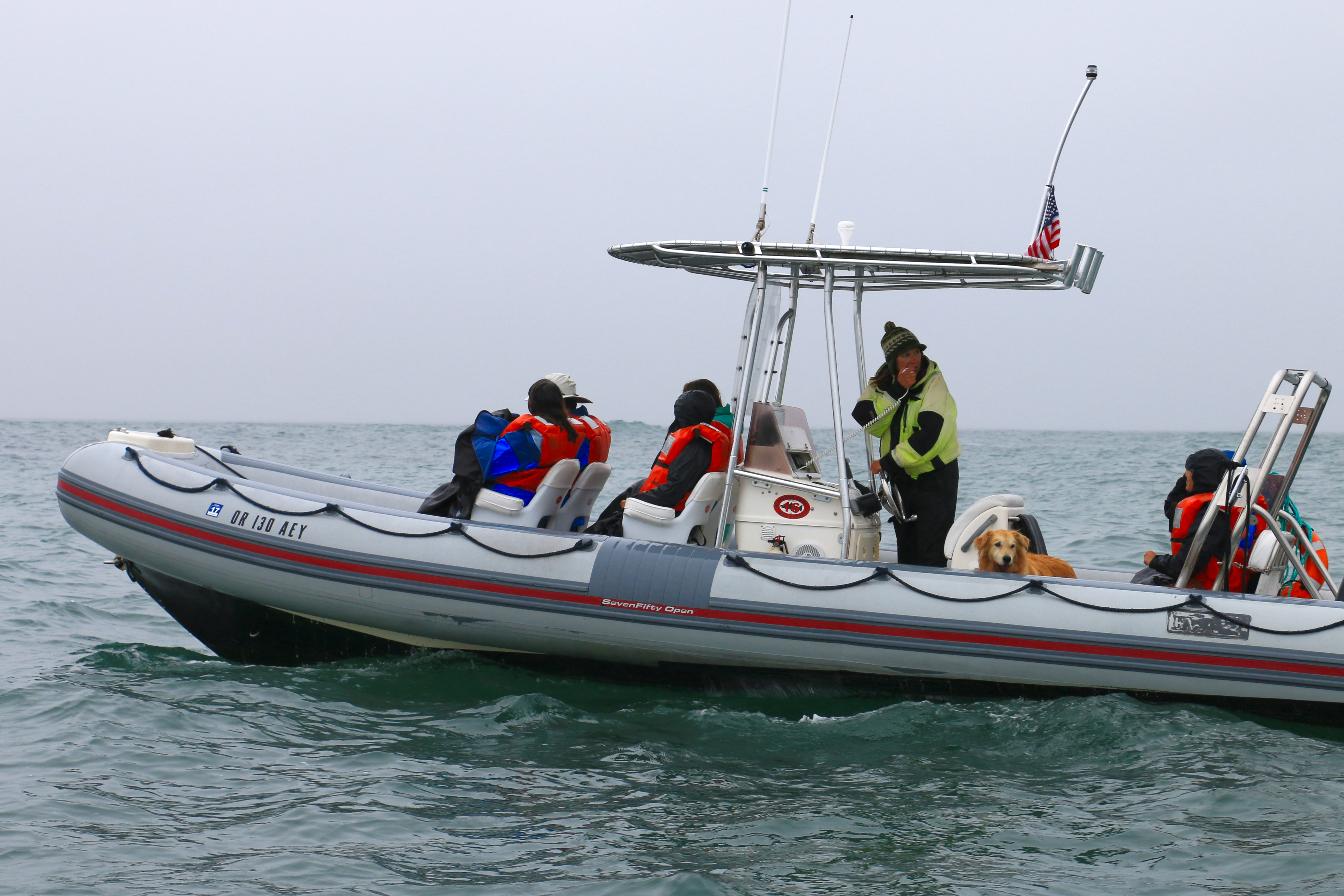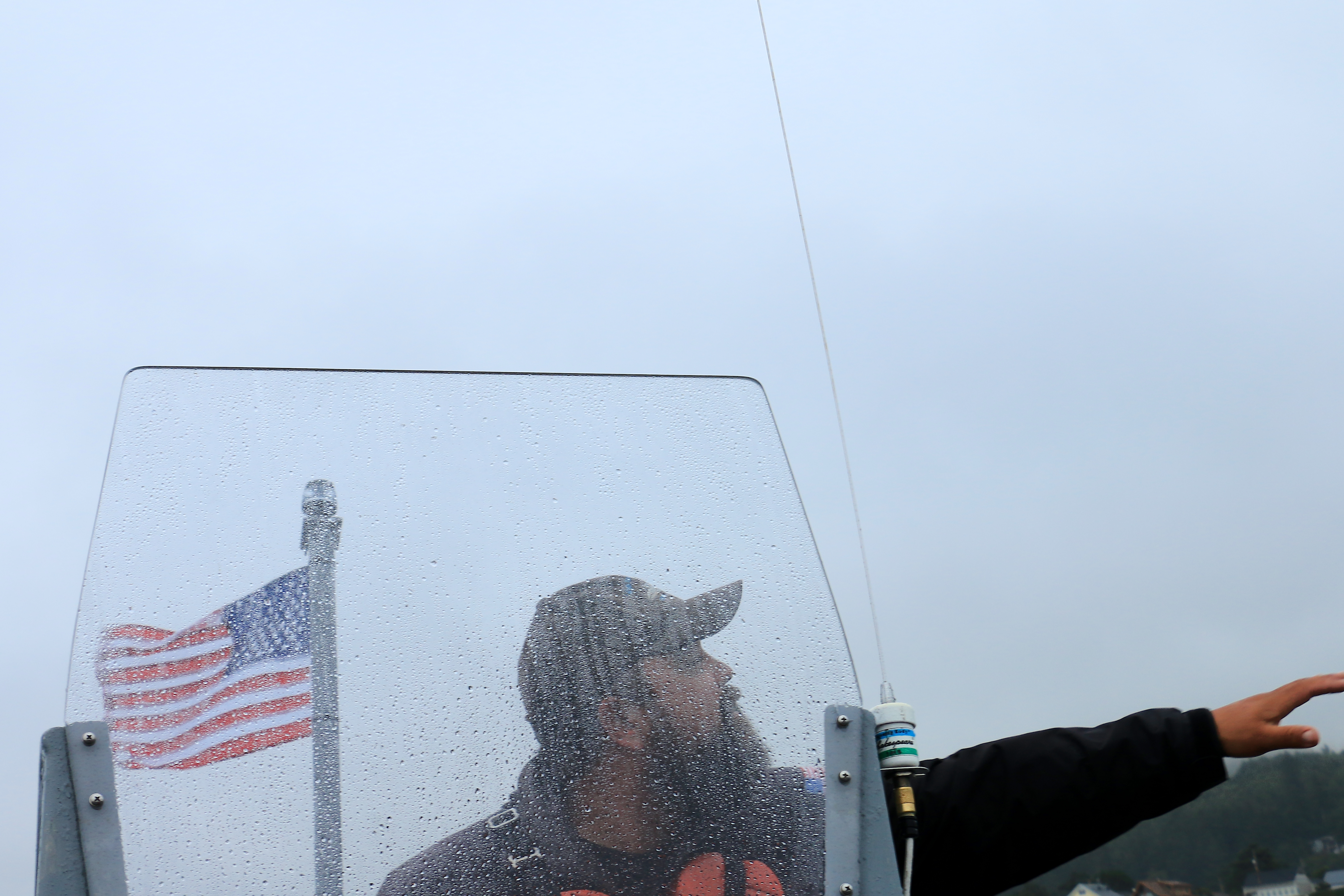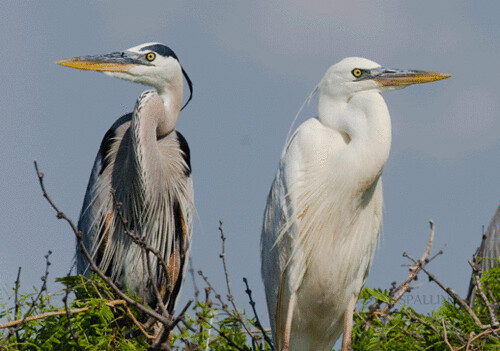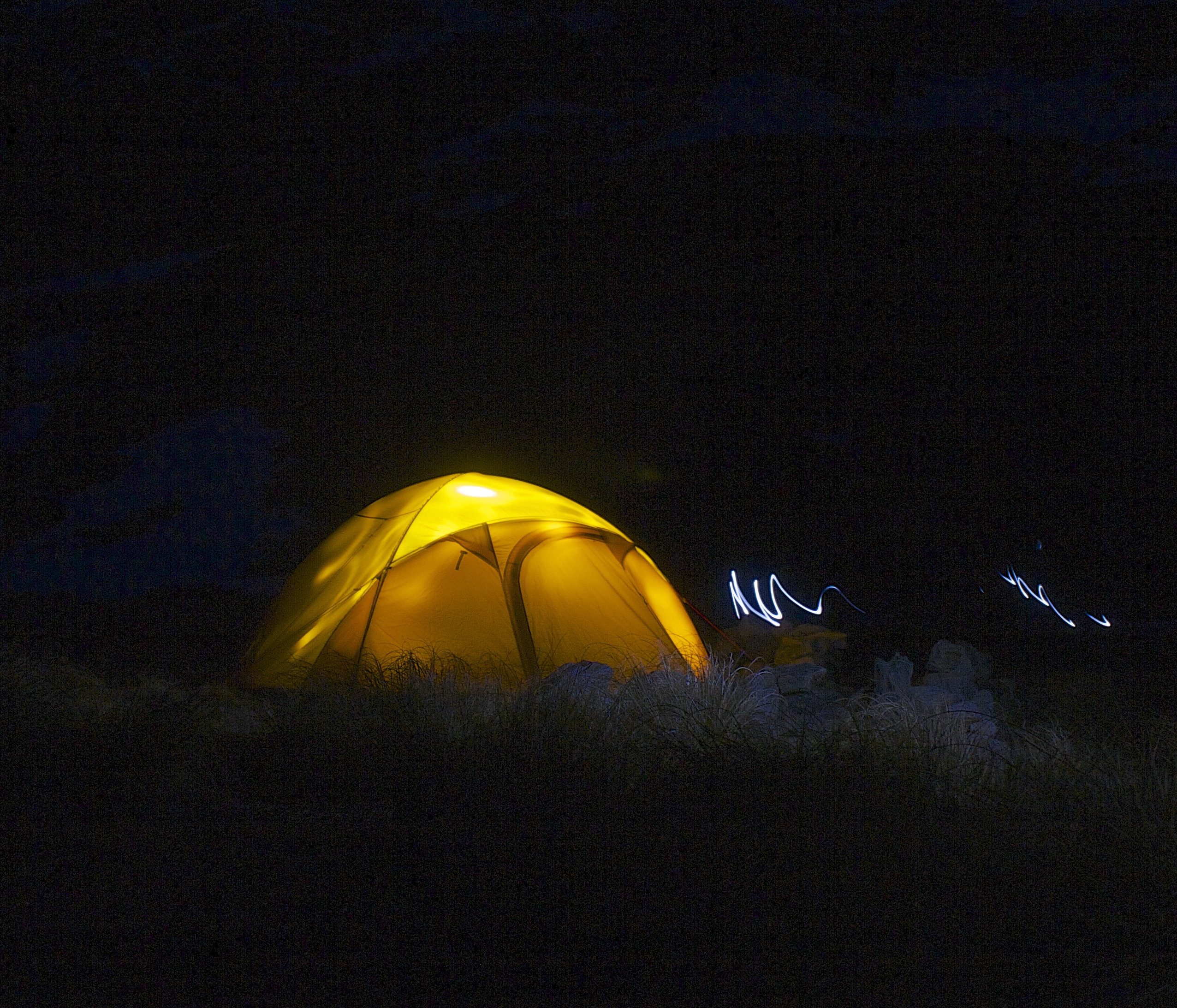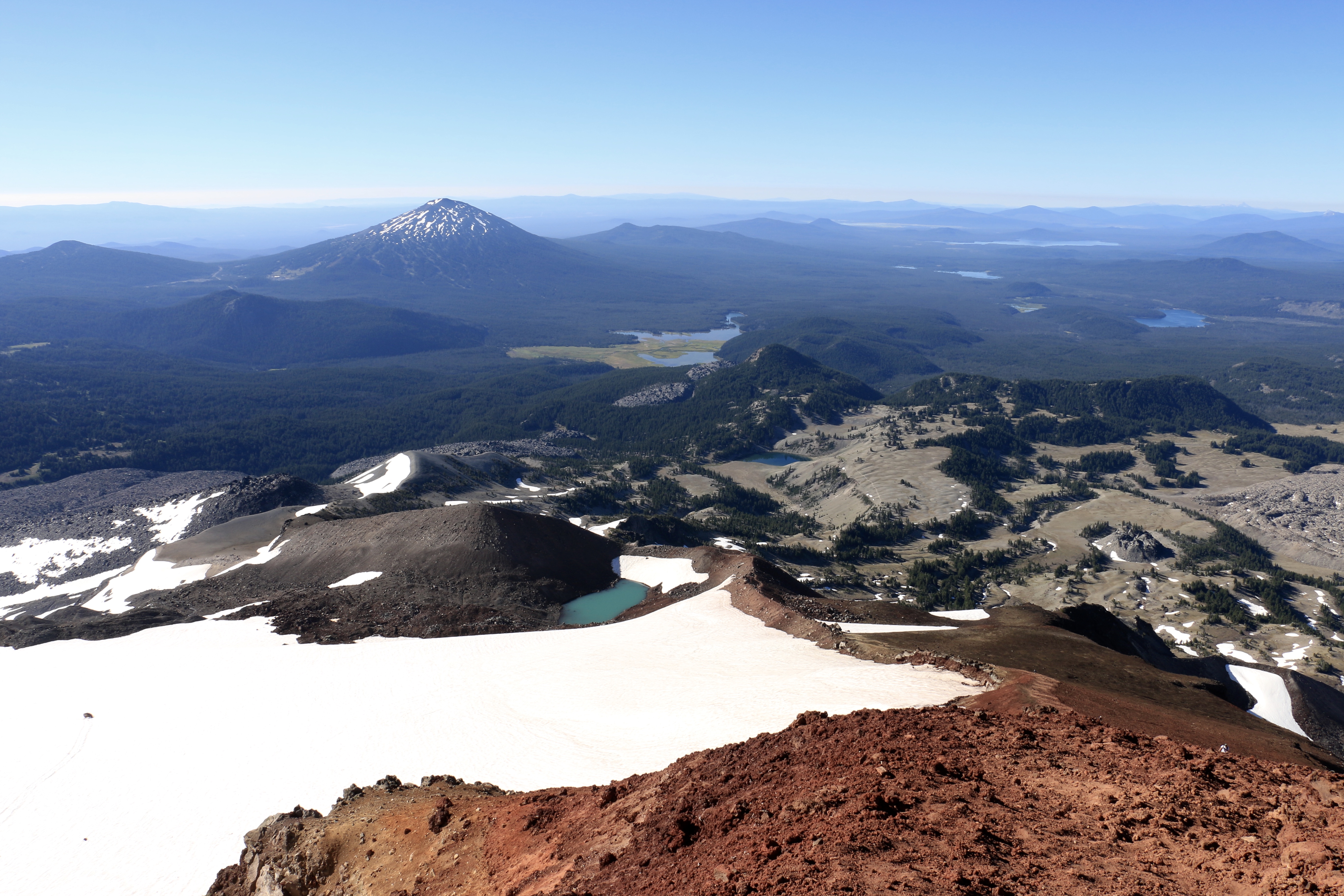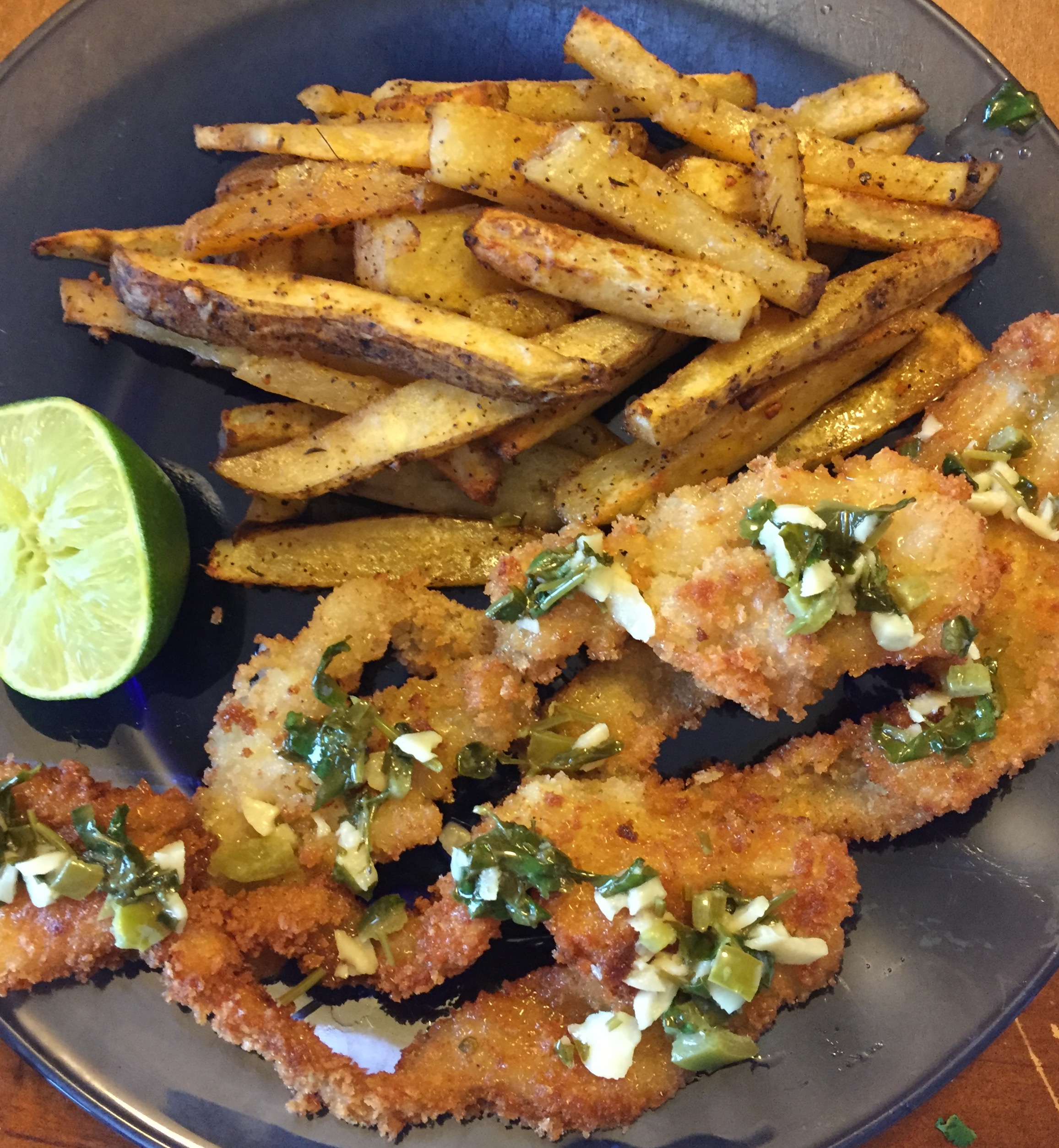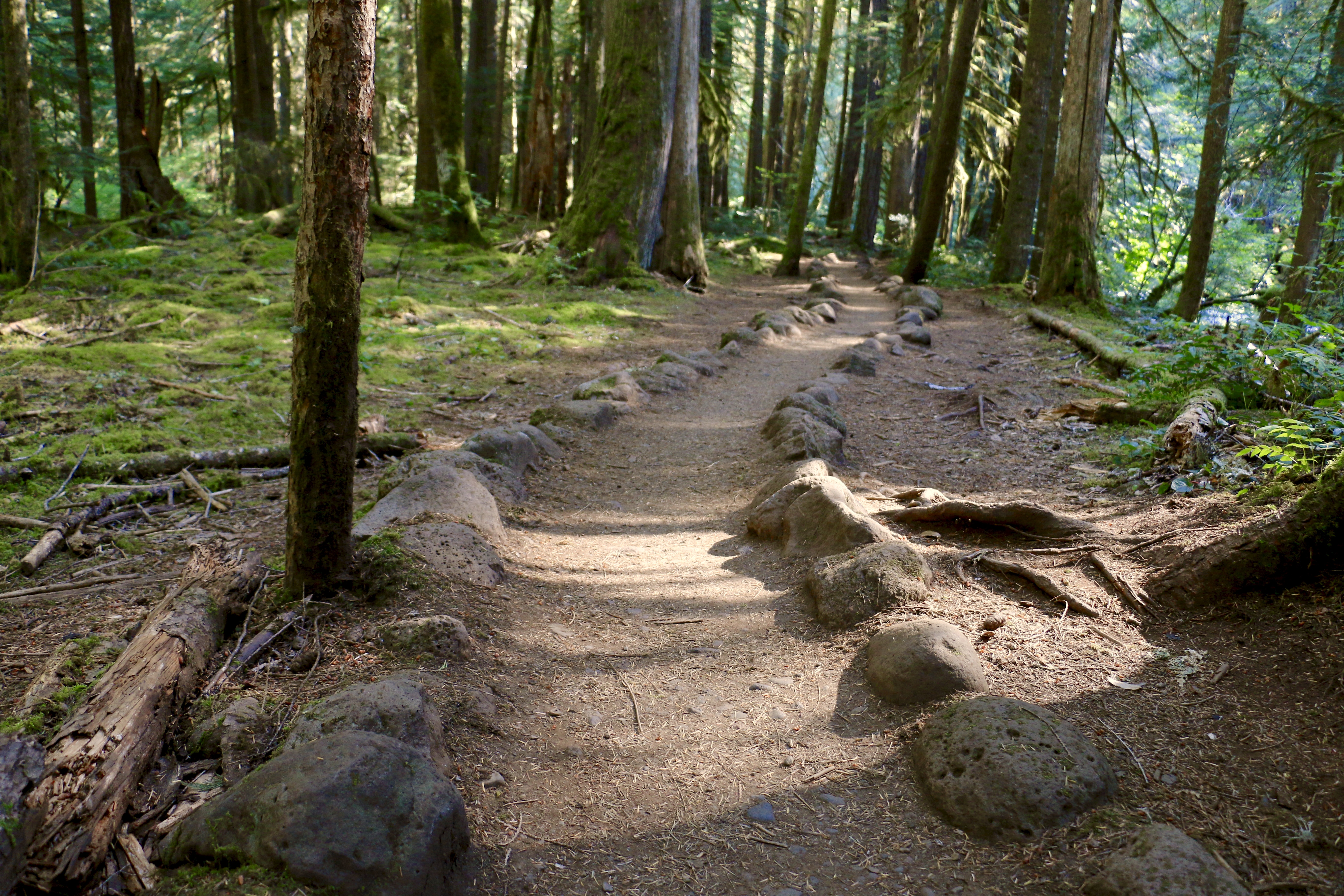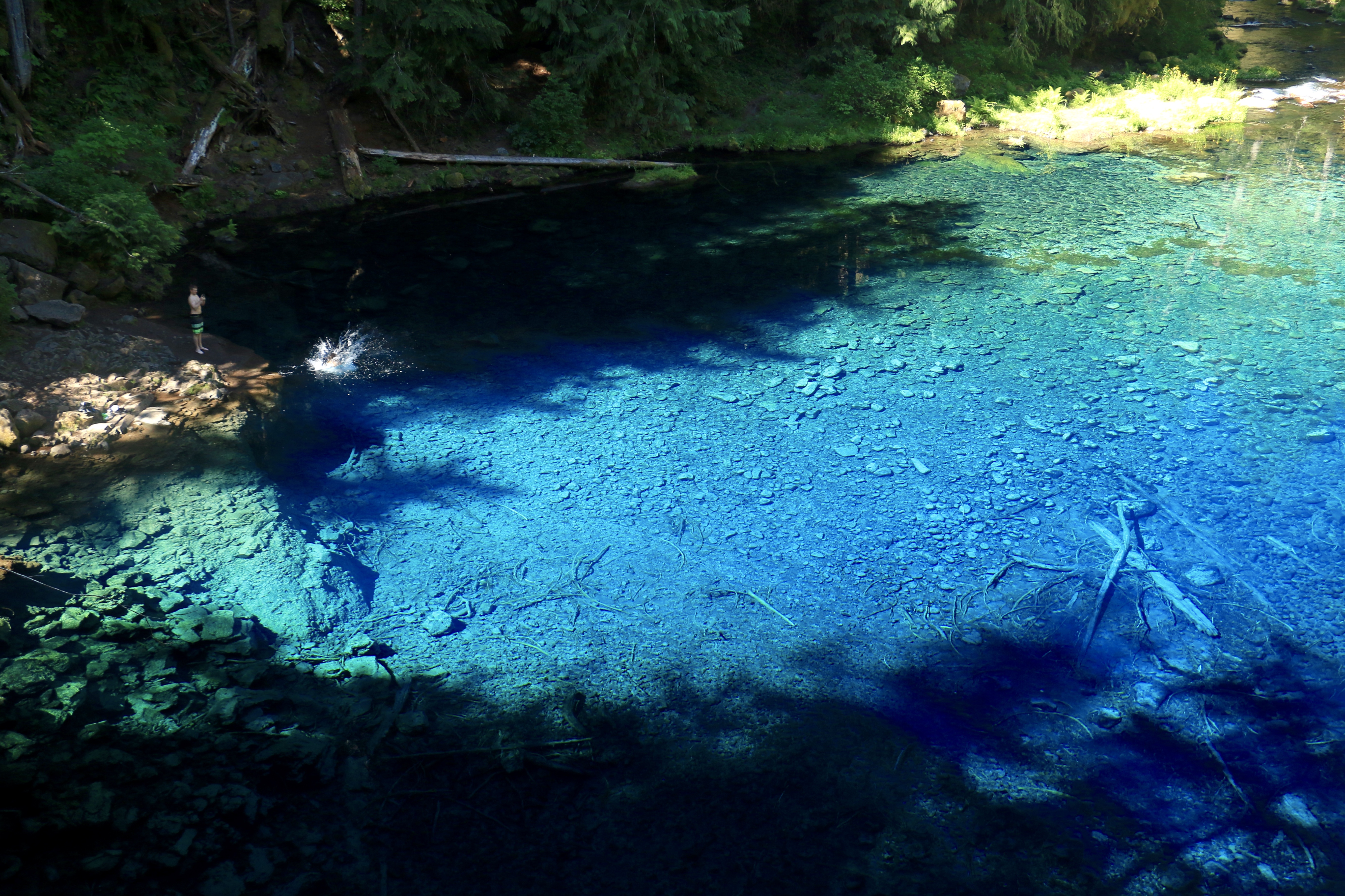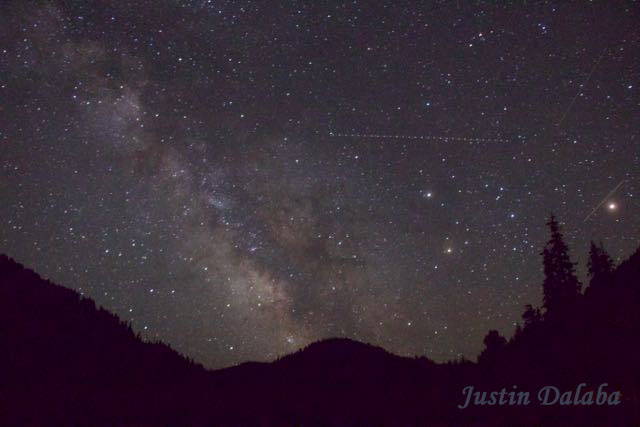Communication is easy these days… but it also is not.
With the plethora of electronic devices and media sharing platforms right at our fingertips, we are bombarded with information about so many different things that it can be tough to retain the full message.
Something that struck me about my research this summer was that of the 600+ individuals who responded to my ocean awareness survey, a good majority of them indicated the Internet or social media was their preferred method of receiving information about ocean issues. This got me thinking…
Social media can be an enjoyable way to get a quick glimpse into an issue or topic relating to science and I’ll admit I’ve learned a thing or two scrolling through Facebook. But I’m not convinced something like Facebook is the best platform for the kind of communication the public needs. It’s a quick click and that’s it, since many of us don’t take the time to fully read through an article. But you can’t blame social media, because that’s what it’s there for: a convenient offering of information that we would not take the time to look up otherwise.
As sort of a theme of this summer, science communication is a crucial step toward any effort in conservation. When it boils down to it, really the objective of my summer was talking to strangers to gather useful information relating to science communication. And I found that you learn a lot just by talking to people. One thing I learned is that people generally seemed to care and be interested in the subject of ocean threats, and that was encouraging. But when they were asked on my survey whether it is easy to obtain information about the topic of ocean issues, I frequently heard individuals say something like, “I’m sure it is, but I haven’t taken the time to look!
In a way, I think I kind of stood in as the social media here. While my role wasn’t to directly educate the public, I was offering a glimpse into several ocean issues that some people had not heard about before. More often than not, those who filled out my survey told me they were going to go home and do some research on these issues because they are eager to learn more. And that was really cool to see the impact of my work.
So my simple solution is this: talk to strangers. There is such an abundance of information presented in many different ways out there on the Internet, but if we get some real conversation flowing, I think progress can be made. At the end of the day, you’re going to remember the interactions you had with people much more than those with your computer. So why not pose a question to a stranger about an environmental issue? The responses are not always going to be positive, but I am hopeful that it’s a start to getting people thinking in ways they hadn’t before.
Final Survey Count: 629 completed
Whale Count: 29 sightings

